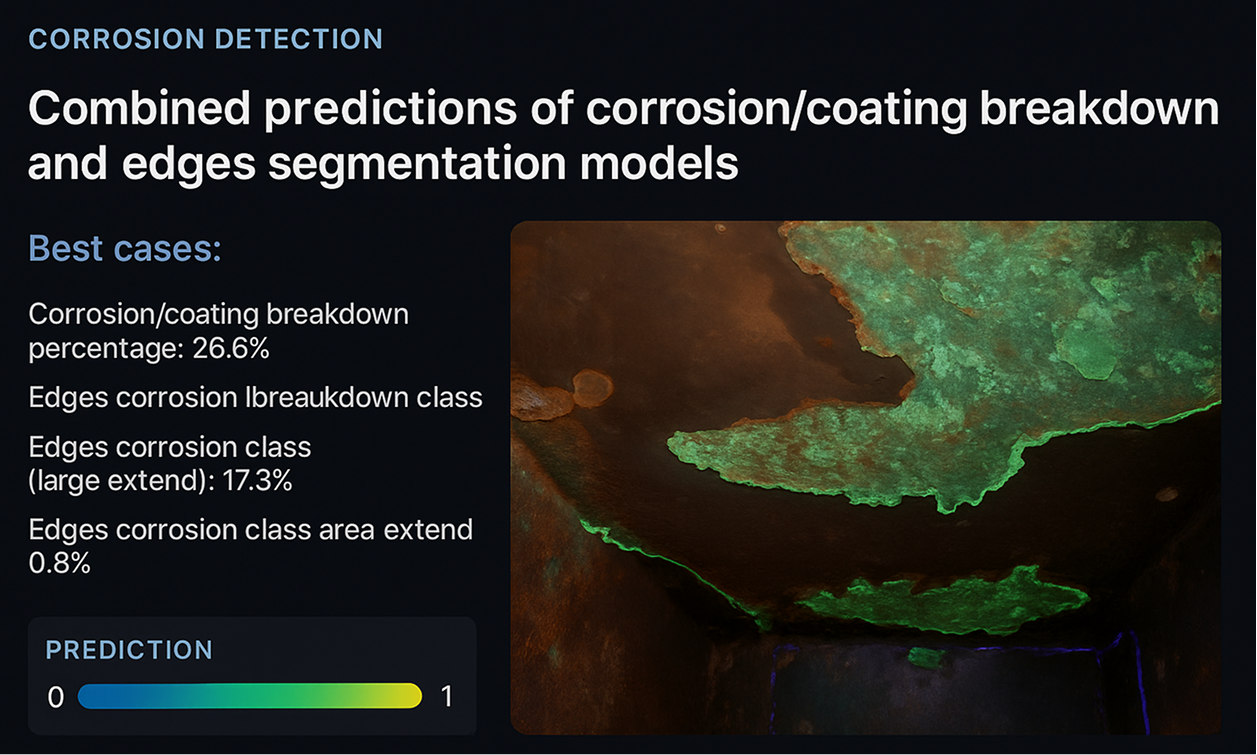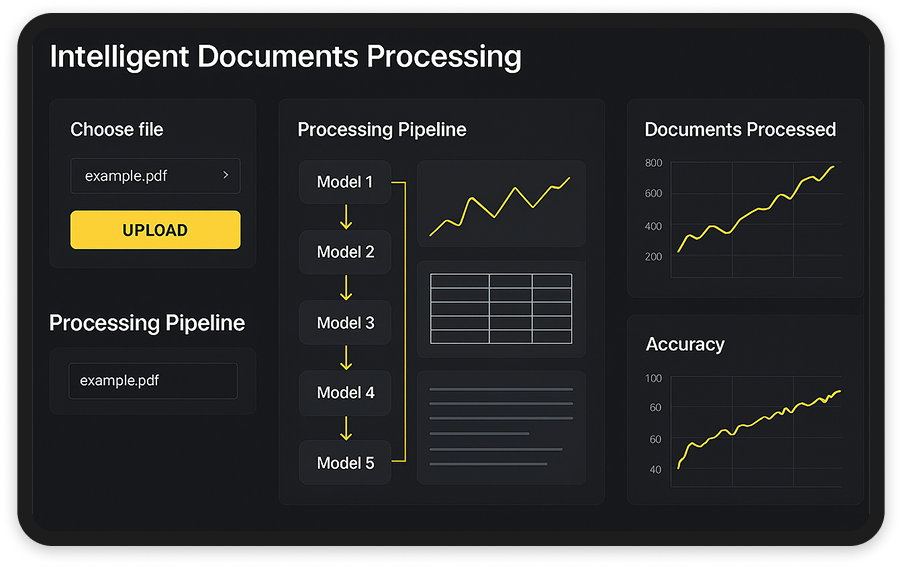This study explores using machine learning to predict the energy efficiency of buildings, focusing on heating and cooling loads. The unique challenge addressed is working with small datasets. The paper introduces an input-doubling method, which augments the dataset within clusters identified using k-means clustering. This approach improves prediction accuracy while avoiding overfitting. The method is tested on a real-world dataset, demonstrating a significant improvement in prediction accuracy (40-46% increase in MSE) compared to traditional methods like SVR with RBF kernel. The research highlights the potential of AI in energy efficiency optimization in buildings, especially under data limitations.
Takeaways:
- The input-doubling method, combined with k-means clustering, enhances prediction accuracy when dealing with small datasets, particularly in energy efficiency tasks.
- The approach achieves high generalization properties, avoiding overfitting, and offers robust performance on limited data.
- The method demonstrated a 40-46% improvement in MSE over standard methods, making it more effective for energy load predictions.
- The research emphasizes the practical application of AI in civil engineering and building energy efficiency, even when data availability is constrained.
- This technique offers a scalable solution for energy optimization, which is crucial for improving sustainability in building management.



